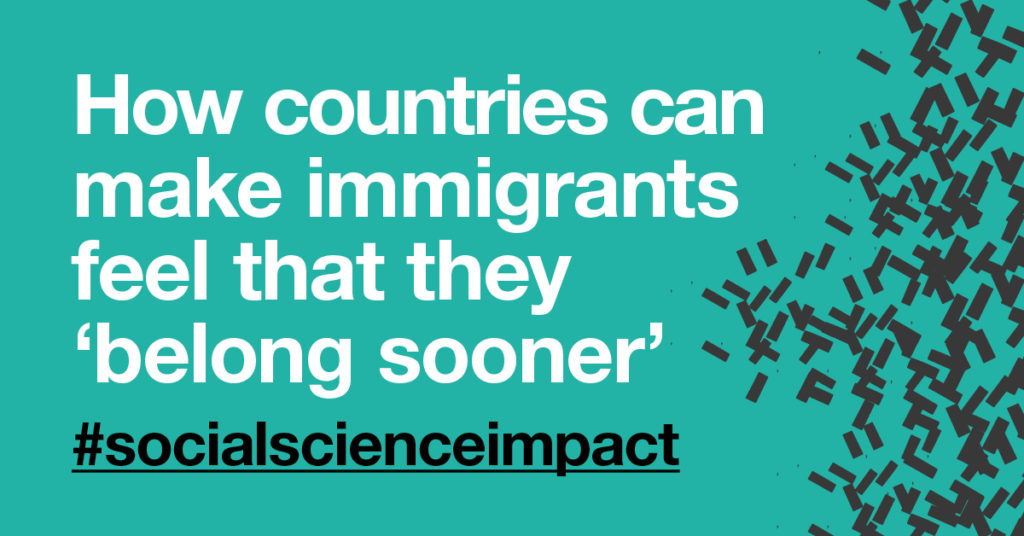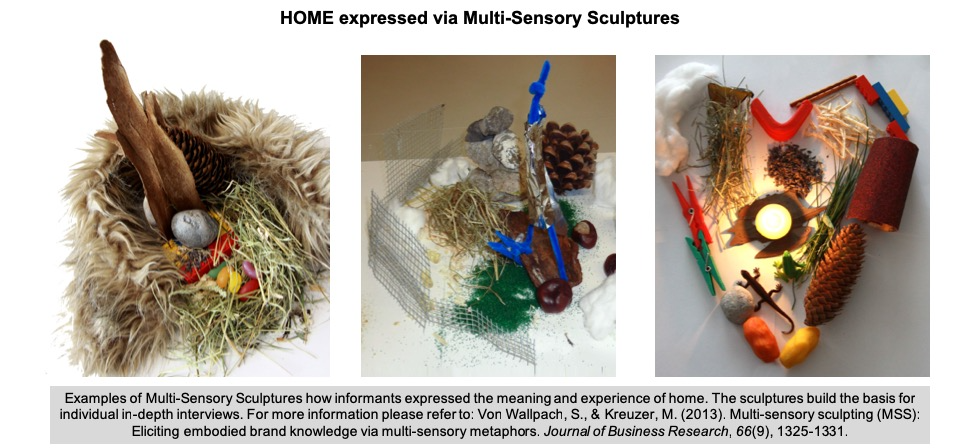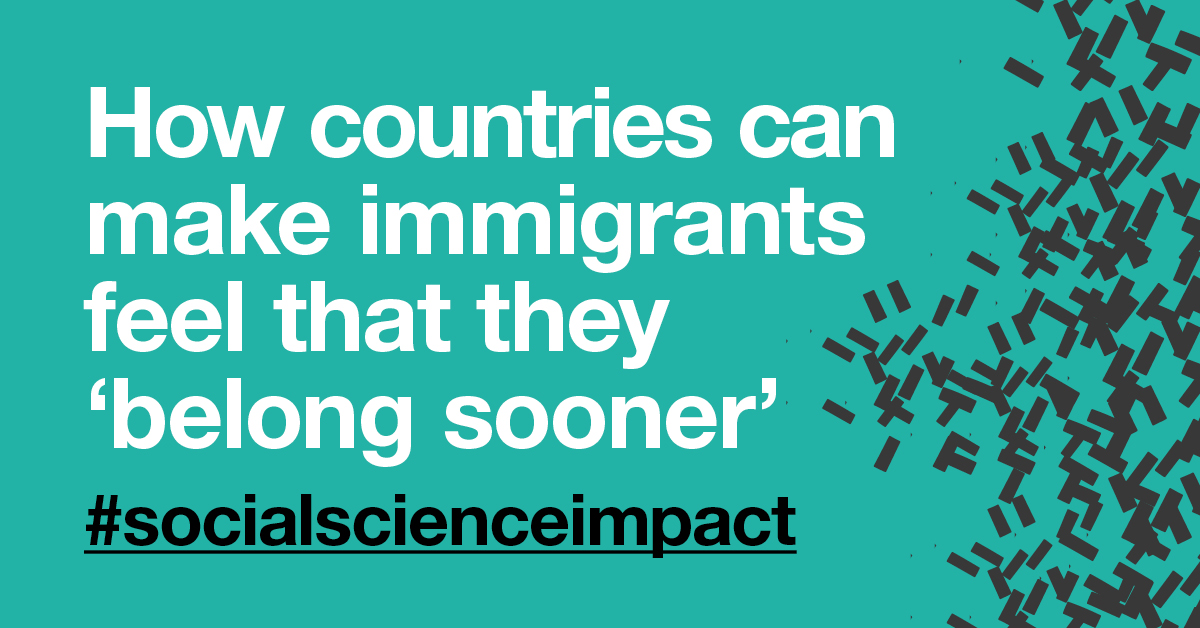Impact in Action: Home in the Remaking

Experiencing home is an essential part of any individual identity project, which includes a sense of belonging to a group (who “we” are compared to “others”) and a sense of being rooted in a real or virtual space. In times of cross-cultural migration, immigrants may struggle with their acquainted experience of home. Leaving home and confronting cultural fluidity adds transcultural facets to immigrants’ experiencing of home. Being at the intersection of two or more cultures and confronting new cultural codes such as values, symbols, lifestyles or products, these newcomers may feel comfort and estrangement concurrently and this can result in a conflict of their individual and social identities.
Thus, for immigrants, the experience of “home beyond home” takes a central role in their life. For policy makers, companies, and for the host culture in general, understanding how immigrants experience home in their new environment becomes essential for acculturation processes.
Our research project investigates how immigrants experience home away from home. We relied on in-depth interviews combined with photo-elicitation interviews to elicit thick descriptions of emotional narratives on how immigrants experience home in their host culture. Based on 17 in-depth interviews with first-generation immigrants living in Austria, we were able to derive three major strategies how immigrants reconstruct home:
(1) Longing for the past describes a strongly backward-looking experience of home with hardly any transcultural facets. Cultural traditions and memories of the home country are more important in experiencing home than current experiences in and consumption patterns of the host culture. Immigrants actively keep their original experience of home alive by recalling beloved memories, maintaining traditional religious and cultural ritual, displaying national symbols in their homes, cooking traditional food, staying informed about ongoing political and social events “back home,” and using and consuming brands from the country of birth.
(2) Mingling of social relationships and consumption is defined as a social construction of a hybrid transcultural experience of home. The culture of their place of origin and host culture are similarly important to immigrants who mingle social relationships and consumption in their experience of home. Mingling allows them to combine memories and consumption transculturally to experience home in a new way. The social dimension of home is particularly important to immigrants following this way of experiencing home. The experience of home emerges from social bonds with members of the home and host culture and the feeling of warmth and security generated by these bonds.

(3) Experiencing home within oneself. Immigrants who experience home within themselves find home primarily in their own body and mind by striving for an emotional balance. In balancing social and individual needs, these immigrants do not relate their experience of home to a specific place; instead, they work to find physical and social belonging anywhere. This inner home describes an inner-directed experiencing of home independent of physical needs and based on a balance between social belonging and individual freedom in the new cultural environment.
Implications for policy makers and companies. By understanding how immigrants experience home, public and corporate policy makers can tailor special offerings to those who experience home in one of the three ways this study uncovers. For example, immigrants longing for the past aim to experience a nostalgic notion of home with close others such as family members or friends to revive their former memories. A significant need for nostalgic products and consumption practices is the expression of a need for belonging. Companies in the host culture could offer specialized products, services, and platforms to meet these needs. Minglers could benefit from public events sponsored by companies from different cultural backgrounds. Such events would give minglers the opportunity to transculturally interact and connect with other immigrants as well as with people from the host culture. These transcultural-brand spaces would also allow minglers to experience home by merging their home culture with various other cultures.
Immigrants who find home within themselves may feel a tension between asceticism and hedonic mass consumption. Companies should think about experiences such as rituals that reduce this tension and the individualization of products and services. More spiritual offers could help immigrants achieve independence, personal freedom, and self-reliance.
This essay is based on the following:
Kreuzer, M., Mühlbacher, H., & von Wallpach, S. (2018). Home in the re-making: Immigrants’ transcultural experiencing of home. Journal of Business Research, 91, 334-341.
Additionally, about 40 in-depth interviews on the experience of home were conducted with Austrians. Here we relied on Multi-Sensory Sculpting®, a research method invented by Sylvia von Wallpach and Maria Kreuzer to elicit multi-sensory and nonconscious knowledge of consumers. For further information please refer to:
Von Wallpach, S., & Kreuzer, M. (2013). Multi-sensory sculpting (MSS): Eliciting embodied brand knowledge via multi-sensory metaphors. Journal of Business Research, 66(9), 1325-1331.































































































